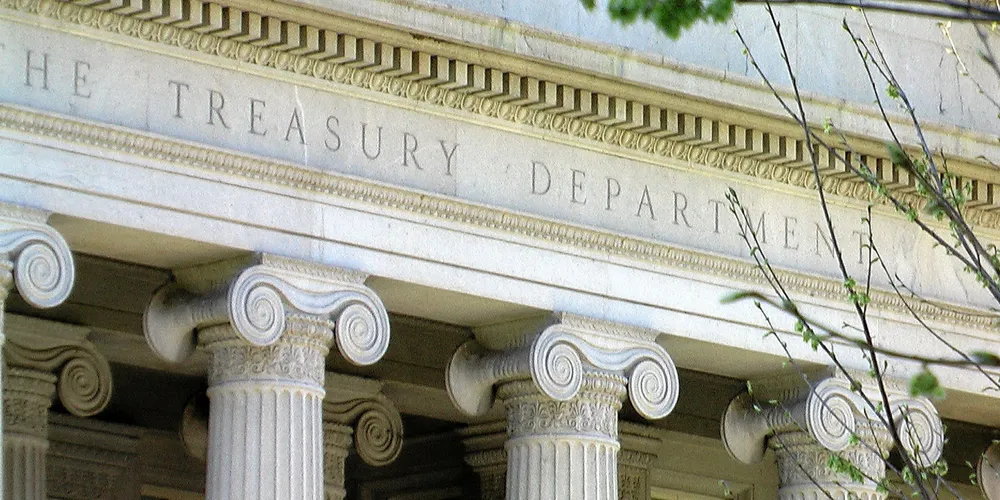US clarifies offshore wind eligible for 10% 'energy community' tax credit boost
Projects with substations in districts impacted by fossil fuel activities will benefit, but scarce points of interconnection may limit application

US government draft guidance issued Tuesday on application of federal tax credits in the Inflation Reduction Act (IRA) confirms that offshore wind farms are eligible for a 10% adder if their onshore substations are located in “energy communities”.
Assuming prevailing wage and apprenticeship requirements are met, an offshore wind project located within a recognised energy community could benefit beyond a 30% investment tax credit (ITC).
US Department of Treasury guidance confirms that while wind turbines would be offshore, if the substation nearest the point of interconnection is within a qualified area, “the taxpayer may claim an increased credit rate”.
“We welcome Treasury’s clarification in defining a path for offshore wind projects to qualify for the energy community bonus by interconnecting to a substation located within a qualified community,” said Jose Zayas, executive vice president of policy and programmes for American Council on Renewable Energy.
“This is an important recognition that the emerging offshore wind sector will not only play a critical role in decarbonising our nation’s electricity mix, but also be critical in revitalizing coastal communities through economic development and the creation of high-paying jobs,” he added.
Inclusion of substations into Treasury's guidance would benefit offshore wind projects that are already leveraging shuttered fossil fuel assets for points of interconnection (POI).
Limited impact?
Wood Mackenzie’s Samantha Woodworth said that the energy community adder will likely have limited impact on the offshore wind sector, though, noting that projects are already constrained by the limited POI options.
Sam Salustro, vice president for communications with trade group Business Network for Offshore Wind lauded inclusion of onshore substations for offshore wind projects into Treasury’s guidance while warning “more will be needed to unlock our transmission bottleneck”.
“Our tax code should further incentivise the development of shared transmission projects that stretch across states or regions, not just project by project,” he said.
Treasury's guidance on energy communities is open to comment until 4 May.
(Copyright)